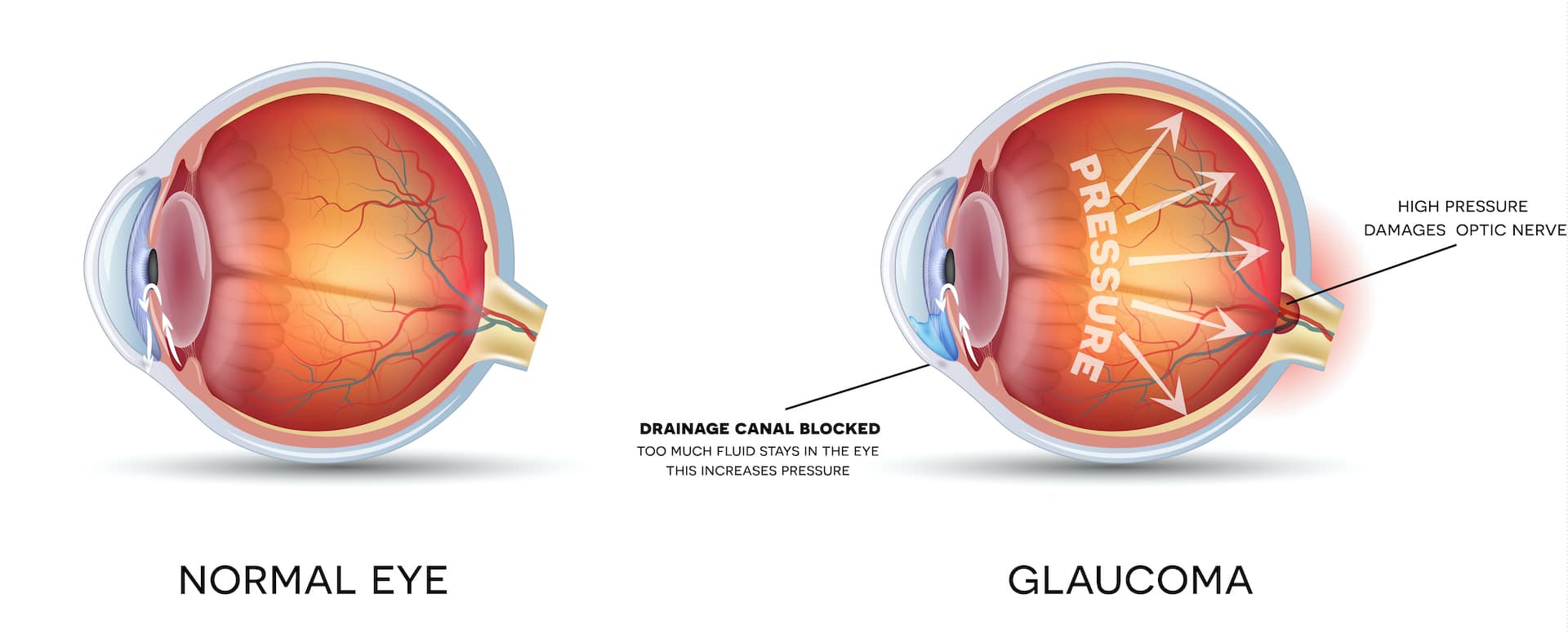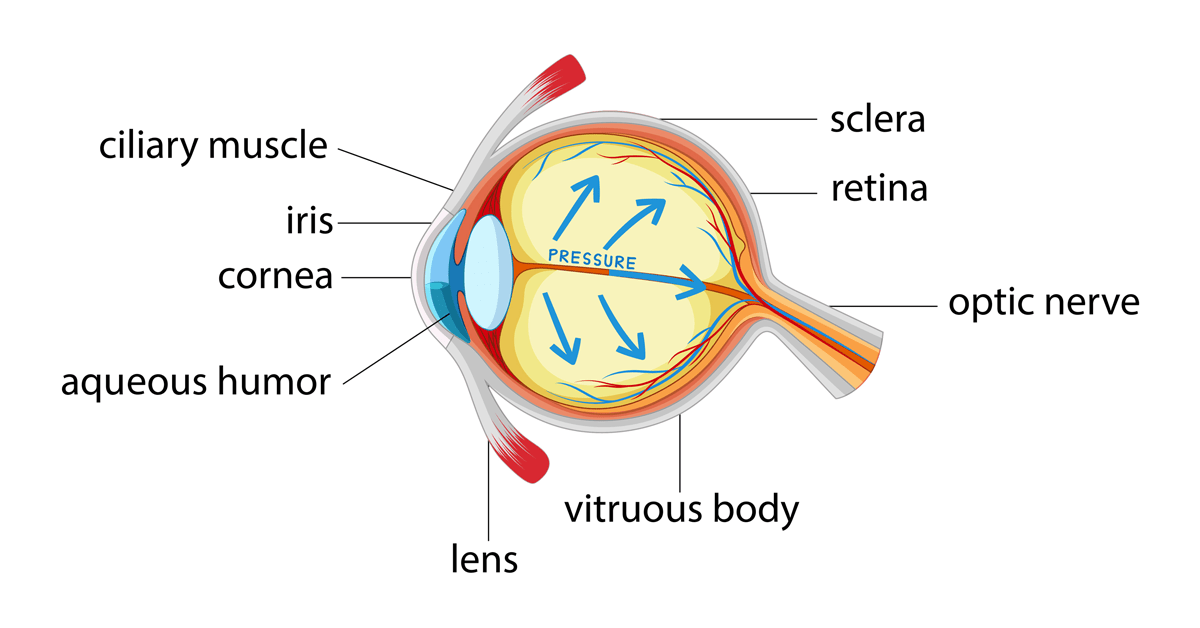Recognizing the Various Vision Modification Procedures Available for Clearer Sight
In the world of vision modification procedures, a wide variety of alternatives exist to resolve refractive errors and give individuals with clearer sight. From the extensively recognized LASIK surgery to much less intrusive treatments like PRK and implantable lenses, the area of ophthalmology provides a series of strategies customized to match different demands and choices. Each treatment comes with its own collection of considerations, benefits, and prospective risks. Recognizing the subtleties of these vision improvement techniques is crucial for making notified choices regarding one's aesthetic wellness. Allow's discover the intricacies of these procedures and dropped light on the path to achieving enhanced vision clearness.
LASIK Surgical Procedure
LASIK surgical treatment is an usual refractive procedure used to fix vision troubles such as farsightedness, astigmatism, and nearsightedness. This surgical technique, which stands for Laser-Assisted in Situ Keratomileusis, intends to improve the cornea to enhance exactly how light is concentrated on the retina, eventually boosting vision quality.
One of the primary benefits of LASIK surgical procedure is the quick improvement in vision experienced by people. Generally, LASIK surgical procedure is a preferred selection for people looking for a lasting remedy for their vision troubles.
PRK Treatment
While additionally a common refractive treatment, the PRK (Photorefractive Keratectomy) strategy varies from LASIK surgery in its technique to correcting vision issues. In PRK, rather of developing a flap on the cornea, the external layer of the cornea, called the epithelium, is entirely gotten rid of. This enables the laser to improve the cornea to remedy refractive errors such as nearsightedness, farsightedness, and astigmatism straight on the surface.

Regardless of the longer recuperation time, PRK can generate excellent lead to vision enhancement, making it an important alternative for those that may not appropriate prospects for LASIK surgical procedure.
Implantable Lenses
In comparison to PRK where the cornea is improved straight, implantable lenses provide another method for dealing with vision by placing artificial lenses inside the eye. This procedure is particularly valuable for individuals with high levels of farsightedness, astigmatism, or nearsightedness who might not be ideal prospects for laser surgical treatments like LASIK or PRK.
Implantable lenses, also recognized as phakic intraocular lenses, work by supplementing the eye's all-natural lens with a synthetic one. glaucoma service near me. These lenses can be put before the natural lens (former chamber) or behind the iris and in front of the all-natural lens (posterior chamber) By adjusting the power and positioning of these lenses, ophthalmologists can effectively deal with refractive errors and boost visual skill
One benefit of implantable lenses is that they are removable and exchangeable, offering adaptability for future modifications. As with any surgical treatment, there are threats involved, such as infection or cataract formation. People considering implantable lenses must seek advice from with an eye care professional to determine the most appropriate alternative based upon their individual requirements and eye wellness.
Corneal Rings
Corneal rings, also called intracorneal ring sectors, are tiny, clear tools put right into the cornea to correct vision distortions such as keratoconus. Keratoconus is a condition where the cornea thins and bulges outward, triggering vision to become altered. The insertion of corneal rings helps to squash the cornea, boosting aesthetic skill and lowering the uneven astigmatism brought on by keratoconus.
The procedure for putting corneal rings is relatively fast and minimally invasive, often about his performed as an outpatient procedure. Throughout the surgery, the ophthalmologist makes a tiny cut in the cornea and inserts the rings at a details deepness. When in position, the rings aid to reshape the cornea, providing a smoother surface area for light to enter the eye, which can lead to clearer vision.
Corneal rings are considered a reversible treatment, as they can be eliminated or replaced if necessary. retina service near me. While they might not totally eliminate the requirement for glasses or call lenses, corneal rings can substantially enhance vision quality and general aesthetic comfort for people with keratoconus or various other corneal irregularities
Refractive Lens Exchange
Following the modification of corneal abnormalities with procedures like corneal rings, one more vision correction technique that can attend to refractive errors is Refractive Lens Exchange (RLE) RLE is a medical procedure that involves changing the eye's natural lens with a man-made intraocular lens (IOL) to deal with refractive errors such as farsightedness, nearsightedness, and presbyopia. This treatment is particularly advantageous for individuals who may not be appropriate prospects for treatments like LASIK or PRK due to factors such as thin corneas or high refractive mistakes.

Conclusion
To conclude, there are various vision adjustment procedures readily available to help people achieve clearer view. LASIK surgery, PRK procedure, implantable lenses, corneal rings, and refractive lens exchange are all choices that can attend to various vision issues. It is essential for people to seek advice from with their eye care supplier to determine one of the most appropriate treatment based upon their specific needs and choices. With advancements in innovation, achieving improved vision is now a lot more obtainable than in the past.
In the realm of vision adjustment procedures, a plethora of alternatives exist to resolve refractive mistakes and give individuals with clearer sight.LASIK surgery is a typical refractive treatment made use of to deal with vision troubles such as farsightedness, nearsightedness, and astigmatism.While additionally an usual refractive procedure, the PRK (Photorefractive Keratectomy) technique differs from LASIK surgical procedure in its technique to remedying vision problems.Complying with the correction of corneal abnormalities with procedures like corneal rings, another vision adjustment method that can deal with refractive errors is Refractive Lens Exchange (RLE) LASIK surgical procedure, PRK procedure, implantable lenses, corneal rings, and refractive lens exchange are all alternatives that can attend to different vision issues.